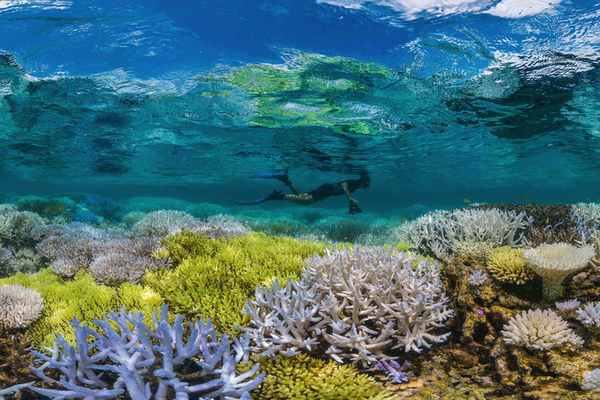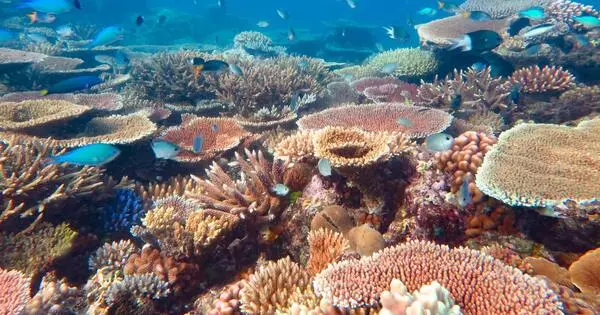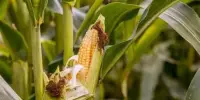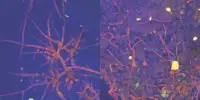Coral diseases are typically caused by biological stresses such as bacteria, fungi, and viruses, as well as nonbiological stresses such as rising sea surface temperatures, ultraviolet radiation, and pollutants. One type of stress may aggravate another.
Over the last decade, the frequency of coral diseases has increased significantly, resulting in widespread mortality among reef-building corals. Many scientists believe the rise is due to deteriorating water quality caused by man-made pollutants and rising sea surface temperatures. Microbes may be able to multiply and colonize as a result of these factors. However, the precise causes of coral diseases remain unknown. Most diseases are likely the result of a combination of factors.
A new study published in Science Advances by University of Texas at Arlington researchers provides a novel framework for identifying broad coral disease resistance traits and investigates the fundamental processes underlying species survival. The study of seven Caribbean reef-building coral species’ responses to white plague disease provides insight into the process of lesion progression and the species dynamics that lead to differences in disease outcome.
Collaborators from UTA, Mote Marine Laboratory, and the University of the Virgin Islands measured species’ immune responses after controlled exposure to white plague disease, an infectious pathogen responsible for coral mortality, under the supervision of Laura Mydlarz, professor of biology. The team tracked three responses: how lesions progressed on each species, how gene expression differed among species, and expression-level adaptations that led to differences in disease risk.
Considering the enormous threat that white plague disease poses to coral communities, it is imperative that we understand the processes that allow some species to survive better than others. This paper takes a deeper look into some coral species that have not been as frequently investigated.
Nicholas MacKnight
In the paper, “Disease Resistance in Coral is Mediated by Distinct Adaptive and Plastic Gene Expression Profiles,” the scientists identify three consistent patterns:
- First, in corals that developed disease lesions, immunity and cytoskeletal arrangement processes were enriched and correlated to lesion progression.
- Second, whether a coral developed lesions was mediated by the extent to which it could respond to environmental cues by altering the genes that maintain the network of proteins and molecules that surround and support its cells and tissues; by autophagy, a biological process involving the enzymatic breakdown of a cell’s cytoplasm; and by programmed cell death.
- Third, resistant species had higher levels of intracellular protein trafficking, and these processes have a lineage-specific adaptive basis to disease resistance.
Together, these patterns demonstrate that the plasticity of genes that are associated with disease resistance may be evolutionarily constrained by expression-level adaptation processes.

“Considering the enormous threat that white plague disease poses to coral communities, it is imperative that we understand the processes that allow some species to survive better than others,” said Nicholas MacKnight, UTA alumnus and postdoctoral researcher at the University of Miami. “This paper takes a deeper look into some coral species that have not been as frequently investigated.”
Previous research on coral disease and immunity has successfully identified disease-induced genes that participate in biological processes such as programmed cell death, autophagy, extracellular matrix maintenance (the aforementioned protein and molecule network), lipid metabolism, and protein trafficking.
Comparing immune responses between coral species that differ in disease resistance or susceptibility, linking specific disease phenotypes to gene expression, and determining adaptive or plastic disease-resistance-associated expression patterns are all areas that remain unexplored.
According to Mydlarz, this study addresses a critical need to understand the differences between immune responses to infection and species-specific resistance mechanisms. “Although our understanding of immunity has grown, we still don’t know how immune defenses and other cellular mechanisms differ between species,” Mydlarz said. MacKnight hopes that these findings will help to strengthen vulnerable reefs.
“Our next step is to figure out how to turn these findings into useful action,” MacKnight said. “Understanding which factors promote survival will allow us to forecast future biodiversity loss. Scientists could use this information to focus their efforts on preserving resilient species that can strengthen coral reefs under threat.”
















